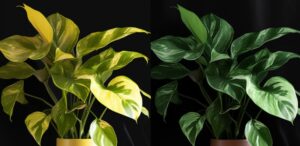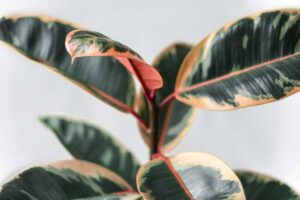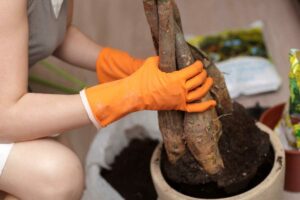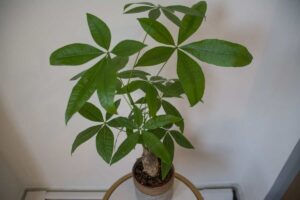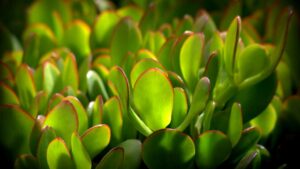The Hinoki cypress bonsai is a stunning miniature tree that becomes more beautiful by the day.
But surprisingly, this is not actually a type of cypress and is what is known as a false cypress.
In any case, it’s a popular choice among bonsai fanatics so if you’ve been thinking about getting one, we’d encourage you to do so.

But if you want your Hinoki cypress to thrive, then you’ll need to make sure that you provide it with the right care.
You’re in the Right Place – In this guide, you’ll learn everything you need to know about looking after this delightful little tree.
A Bit About The Hinoki Cypress Bonsai
The Hinoki Bonsai originates in the south part of Japan and is scientifically known as the chamaecyparis obtusa.
One of the biggest attractions of this tree is the dark green foliage that turns a lovely reddish hue in the winter; what a striking appearance.
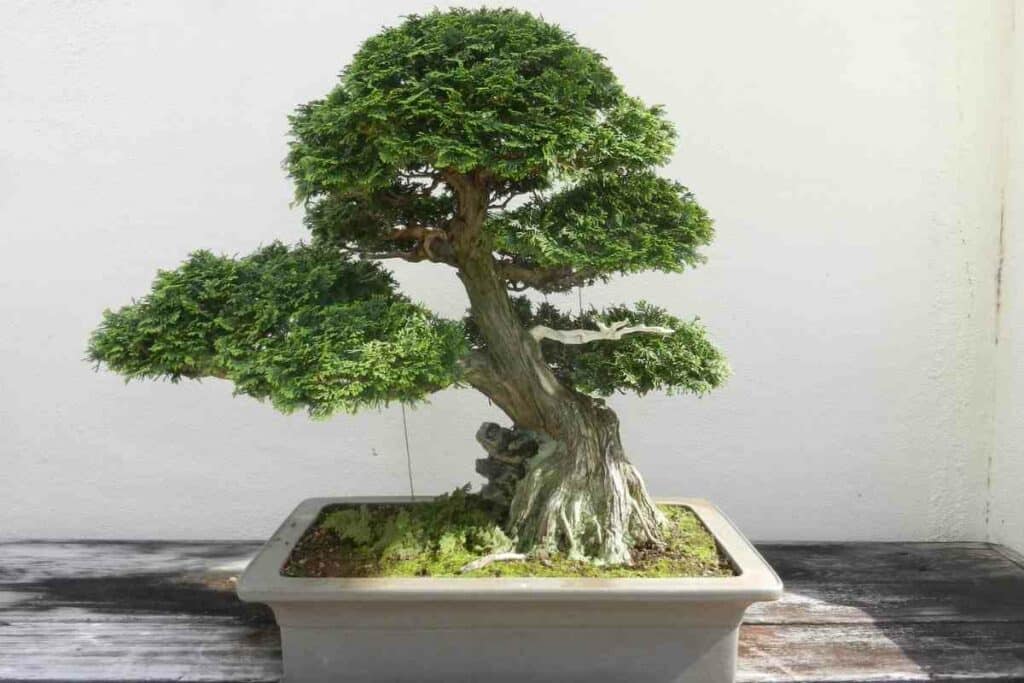
It is a relatively broad bonsai and its branches are not all that dissimilar to those of a fern.
As the Tree Ages – The red-brown bark begins to peel which gives the Hinoki a very distinct appearance and many would agree that, like a fine wine, it gets better with age.
It may come as a surprise to learn that the Hinoki cypress bonsai is also known for its relaxing properties.
There has been research to show that these trees have a naturally calming effect owing to the fact that merely touching the bark activates the parasympathetic nervous system in the prefrontal cortex; pretty amazing, right!
Caring For Your Hinoki Cypress Bonsai
If you are planning on buying a Hinoki cypress bonsai then this isn’t something you should enter into lightly.
We won’t try to cover the fact that this is not an easy plant to take care of. In fact, many people would agree that this is a more advanced type of bonsai.
That said, if you are a beginner, this shouldn’t put you off as it’s also a great opportunity to really get stuck in and learn some new bonsai-keeping skills.
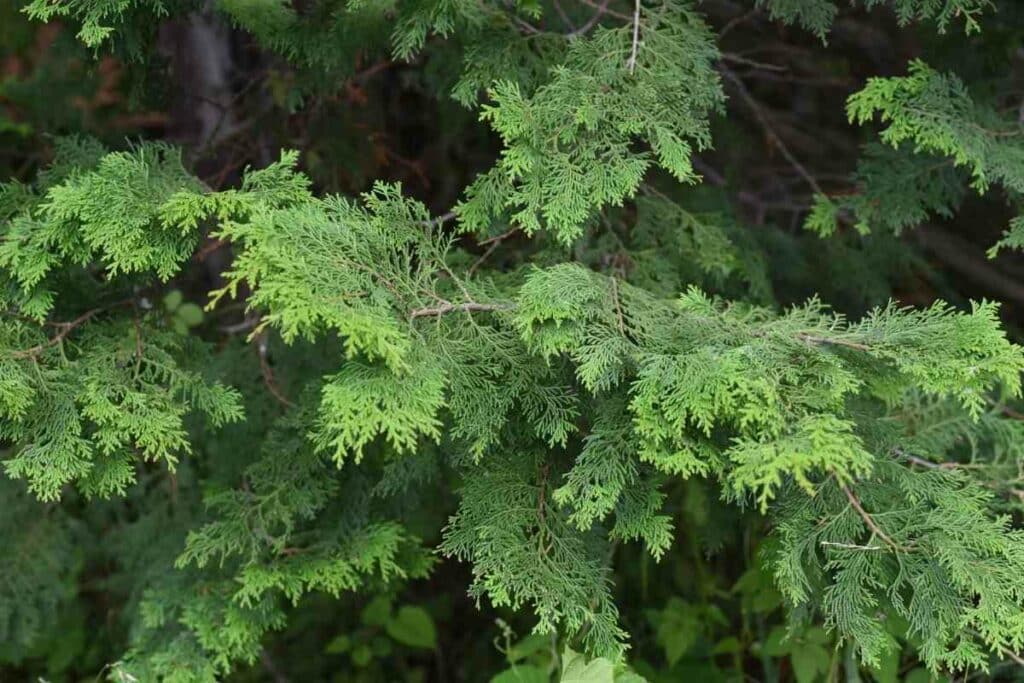
Fortunately, while this bonsai does require a lot of care, it’s also incredibly hardy.
When you see it thriving, there is nothing more rewarding so it’s certainly worth your time and effort.
While all areas of care are essential in maintaining these trees, making sure to regularly prune your Hinoki is one of the most important aspects.
If You Don’t Do This – Then the inner branches will be deprived of light and will quickly die. But we’ll look at pruning in a little more detail later on. Let’s get started on basic care.
Conditions
The Hinoki bonsai will do much better when placed outdoors or at the very least, in an indoor spot that has full sun at all times.
However, if you are keeping the bonsai outside, you must make sure that it is not in the way of extremes such as wind.
Furthermore, during the winter, it is imperative to protect it from frost.

Generally speaking, the Hinoki cypress bonsai will begin to struggle when the temperature drops below 20°F. This can make the tree very dry, especially if it is also exposed to winds.
Light is the most important factor to consider when deciding on a place for your Hinoki cypress. Without continual sunlight, your tree will quickly begin to struggle.
As well as thinking about light and temperature, you will also need to make sure that you choose the right type of soil for your Hinoki bonsai.
Keep in Mind – While it’s important not to let your bonsai dry out, you don’t want it to be sitting in copious amounts of water so a quick-draining soil is best.
It needs to have a slight acidity to it and should not contain lime. If you do not use a quick draining soil then there is a very serious chance of root rot.
Watering And Fertilization
Getting the balance of watering correct for Hinoki cypress bonsais is perhaps one of the most difficult things to get right.
But that’s all part of the joy and challenge of keeping one of these stunning trees, so it’s worth it.
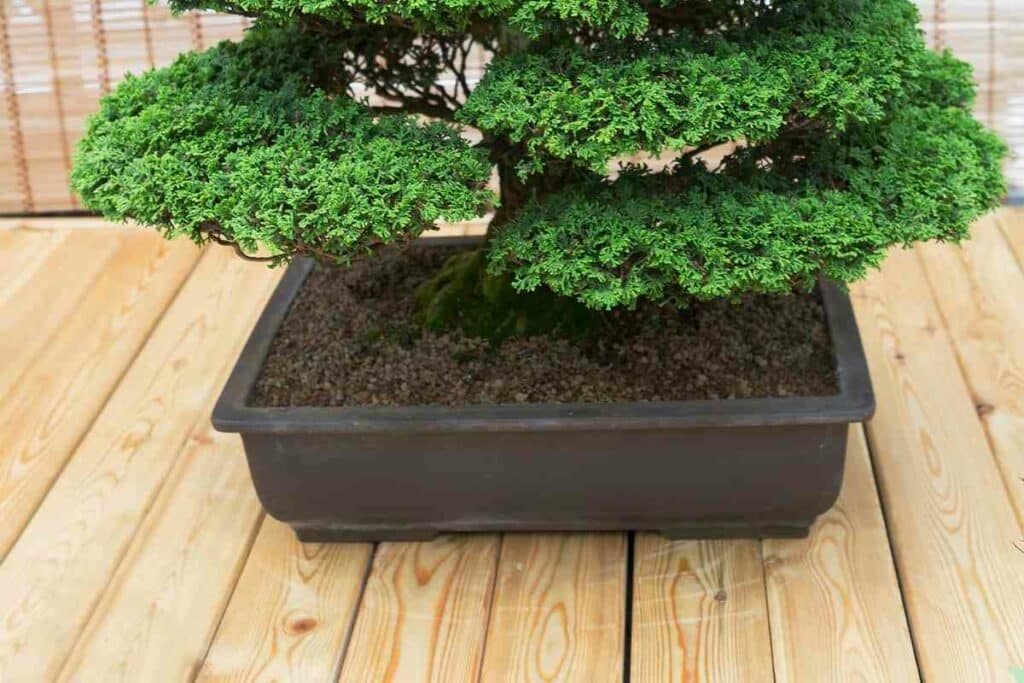
Between the beginning of spring and all the way through to fall, you will need to make sure that your Hinoki cypress bonsai is watered regularly.
It will drink a lot of water quickly but do remember about the risk of root rot, so avoid going over the top.
When winter comes around, you’ll need to make sure that you continue to water your Hinoki cypress bonsai so that the soil remains moist but not overly wet.
Some people like to mist their bonsais and while this isn’t entirely necessary for the Hinoki cypress, it can still be done.
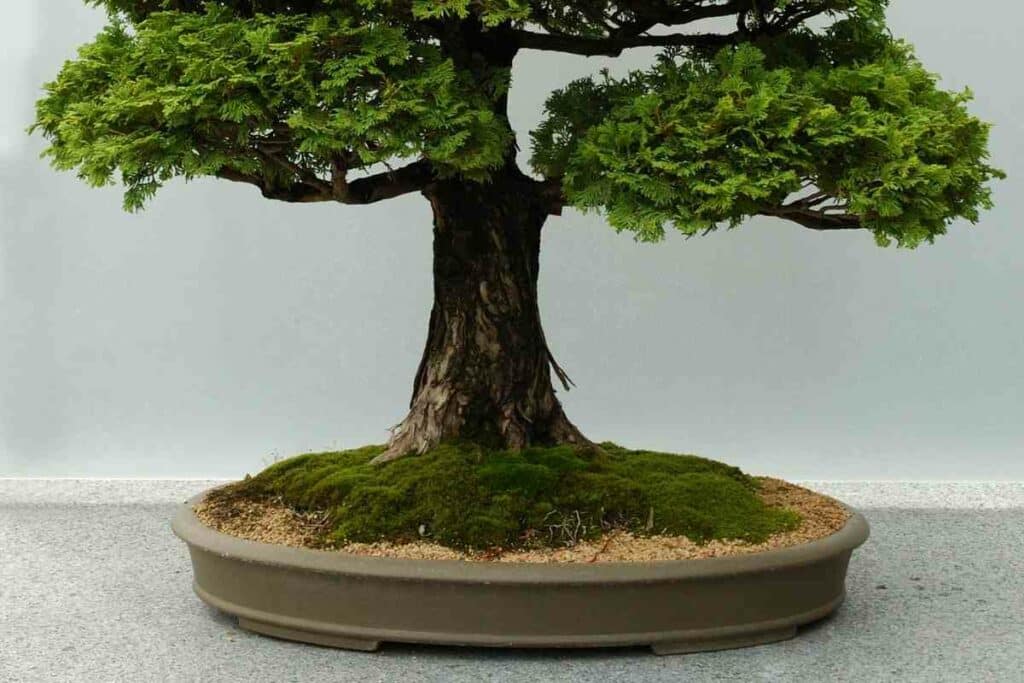
However, if you are going to do this, make sure that you don’t spray too much. If excess water sits on the foliage, there is a risk of scorching since your tree will need to be placed in full sunlight.
If you live in a hotter climate, misting can be particularly useful as it will prevent the foliage from drying out. Again, monitor how much you do this to prevent damage.
Fertilizing your Hinoki cypress bonsai is fortunately a little simpler than the watering process.
From Experience: It’s essential to make sure you do add fertilizer as the tree won’t get nutrients from anywhere else. Slow release fertilisers are best and you’ll need to add them every four to eight weeks.
Hinoki Bonsai Growth
Would it surprise you to learn that this particular type of tree could live more than 100 years when properly taken care of?
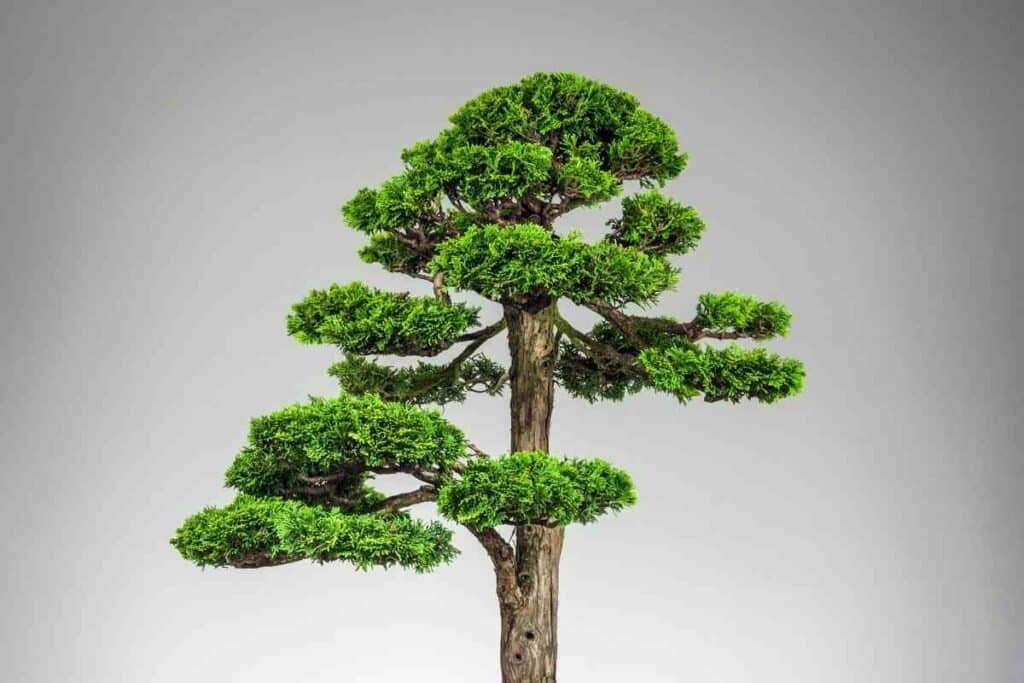
Over the course of its life, it’ll grow around 30cm every year and pruning takes some great dedication thanks to how meticulous one needs to be.
It’s a challenge, sure, but if you’re up to it then the results will be incredibly rewarding.
Pruning And Repotting
One of the things that you will really need to focus on when taking care of a Hinoki bonsai is pruning.
You’ll need to make sure that you place your focus on the secondary branches during the spring and summer months.
If you don’t do this regularly then there is a risk that the inner foliage won’t get enough sunlight and the tree will begin to wilt and die.
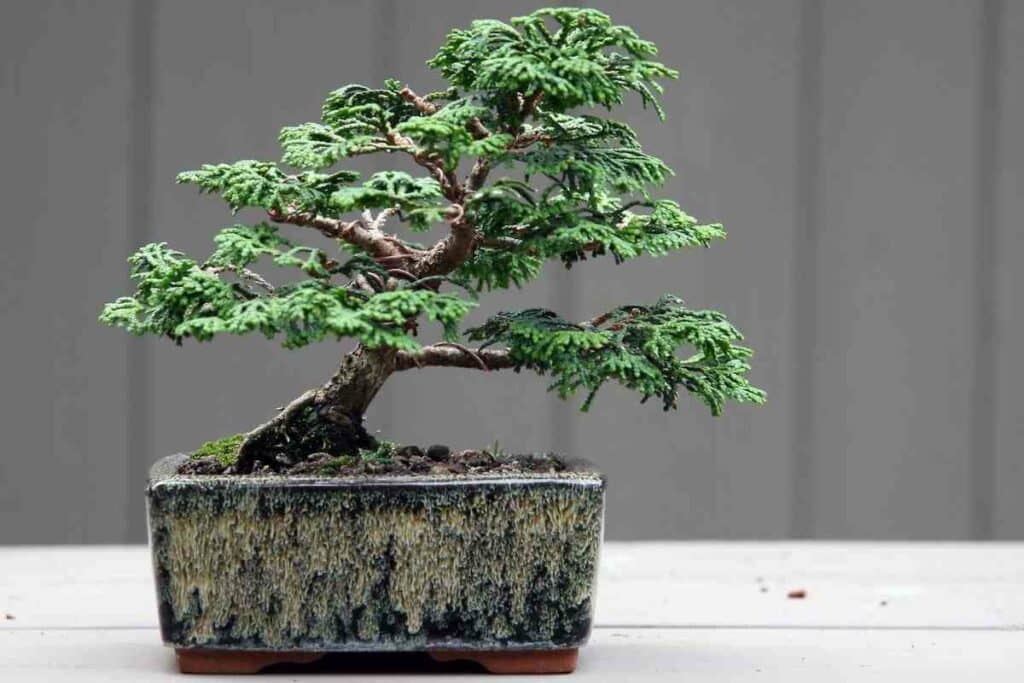
However, avoid any hard pruning at this time of year as this can be detrimental to the health of the tree.
Do keep in mind that if you don’t prune regularly or if you aren’t precise about what you’re doing that your Hinoki cypress bonsai will begin to develop whirls which can ruin the appearance of the whole tree.
Throughout the entire growing season, you can pinch new shoots and many would agree that this is a better approach than trying to cut them with pruning scissors.
The problem with this is that damage can be done to the areas that are cut. Just make sure that you allow the shoots to grow a little before pinching them. Around 2cm to 3cm should be enough.
Keep an Eye: There will come a time when your Hinoki cypress bonsai outgrows its current pot because the root system has become too big.
It is vital that you repot it at this point. You’ll be able to tell when it’s time as the roots will be poking out of the bottom.
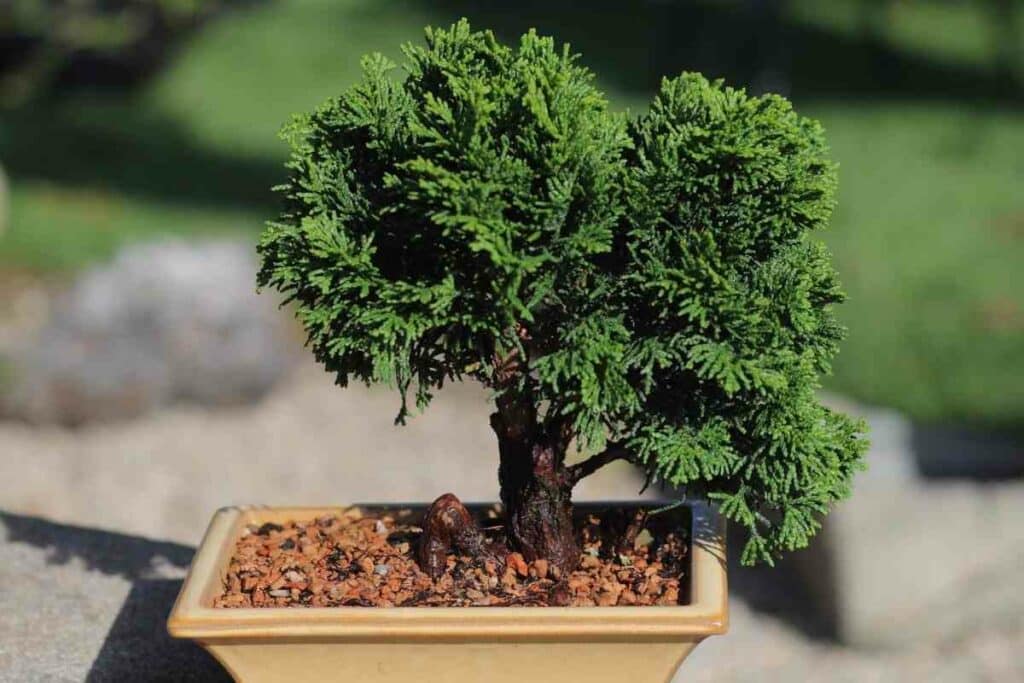
Normally, this will only happen every four or five years, since Hinoki cypress is an evergreen tree. Just make sure that you only repot during the middle of summer as this is when the tree will be least vulnerable.
When Repotting: You can trim the roots but be sure not to remove any more than one third at the very most. After doing this, it is possible to put it back into the same pot, or you can choose a larger one if you prefer.
Wiring Your Bonsai
If you want to change the shape of your bonsai then you will need to wire it but this cannot just be done whenever you please.
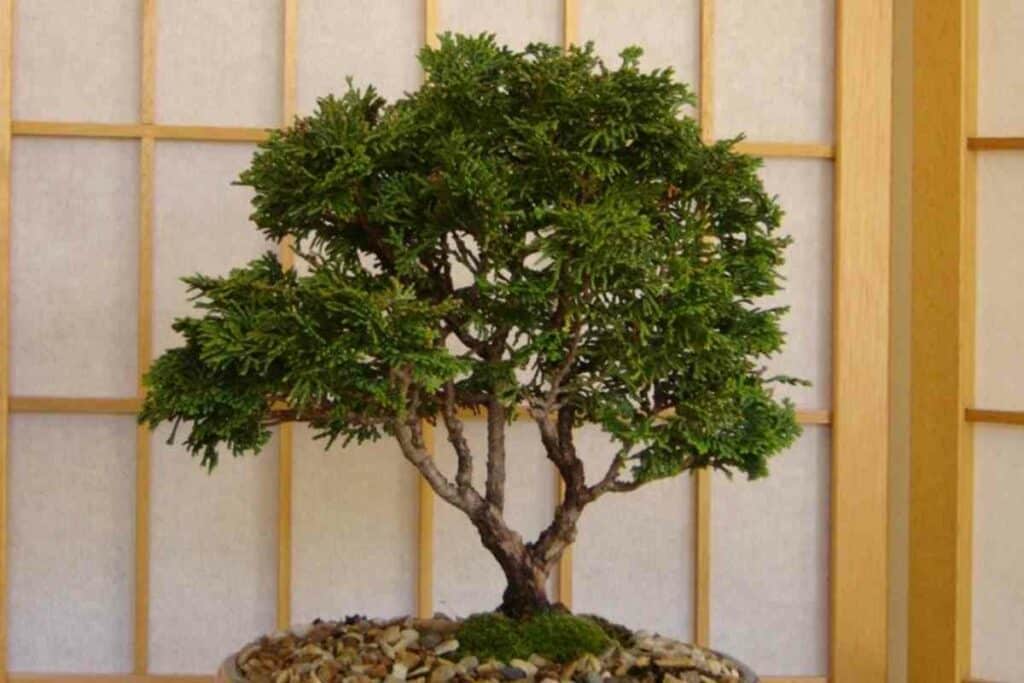
Wait until the middle of summer as again, the tree wirth be more robust and less prone to damage.
It’s essential to make sure that none of the leaves become trapped in the wire.
Once you have put the wire on, you should leave it no longer than ten months before removing.
You can always do it again after this if you need to but otherwise, you may damage your tree.
Are Hinoki Bonsais Prone to Disease or Pests?
Hinoki cypress bonsais are prone to tip blight.
If this happens then you will need to use a fungicide to treat the problem.
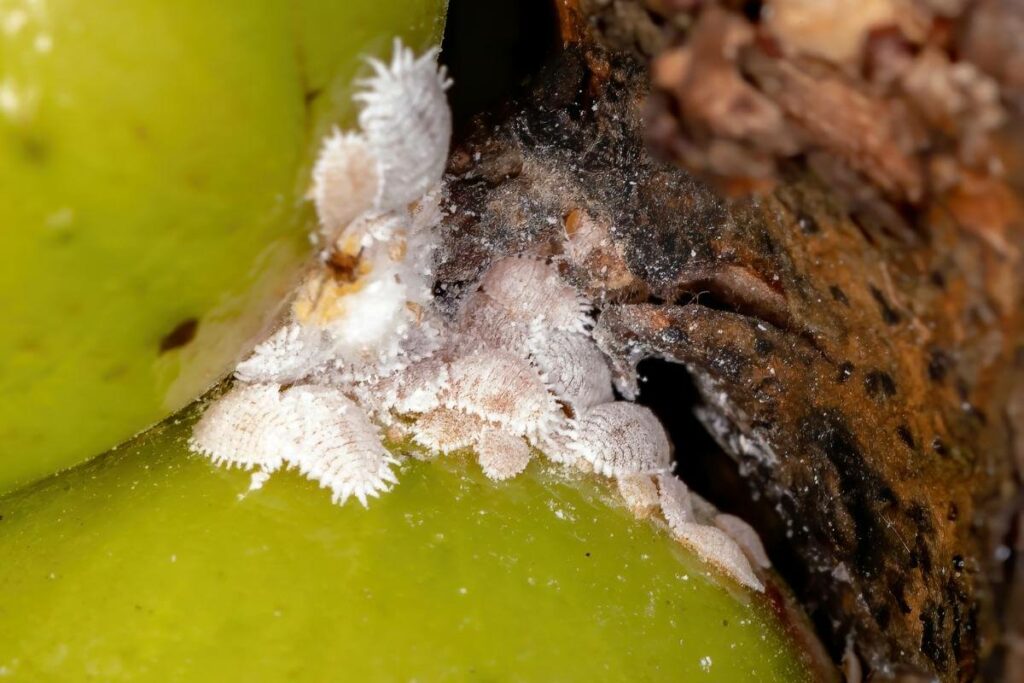
You may notice bagworms, scale insects, and spider mites become a problem for your Hinoki bonsai.
It’s important to monitor your tree and take action as early as possible as this will be far easier than trying to deal with the problem down the line.
In the Early Stages – You can simply scrape the bugs away but in the later stages, you will need to use an insecticide.
Other than this, provided you take good care of your bonsai, it shouldn’t experience too many problems.
Conclusion
The Hinoki cypress bonsai is a glorious-looking tree and while it is a little trickier to care for than some other bonsai trees, getting it right is super rewarding.
Also Helpful
- Philodendron Moonlight Vs. Golden Goddess
- How to Revive Your Rubber Plant: 6 Tips to Help Your Rubber Tree Thrive Again
- Your Money Tree Lost All Its Leaves – Will It Sprout Again?
- Why Is My Money Tree Dying? 5 Possible Reasons and Solutions
- Do Jade Plants Bloom – Fact or Fiction?
- Plants with Heart Shaped Leaves (Secret Language of Leaves)
